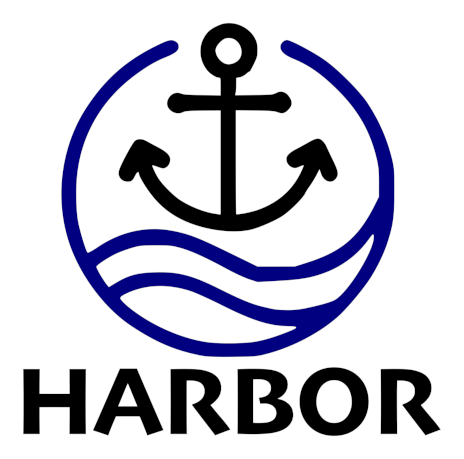On ideation: Harbor for Hobbyists
Sometimes, I obsess over an idea. I daydream how awesome it would feel to have it, how complex yet simple to use, and how marvelous it would look. I go over and over the vision until one of two things happens: I forget or start building. No matter the outcome, I try to remember my main mantra for creating: "Ideas are cheap."
After 14 years in product development, I've learned to view ideas as exciting and misleading. Any new concept always starts with an unrealistic sense of easiness and clarity. This can be great for getting started and gaining momentum, but behind every idea lies a mountain of invisible work, complexity, and ambiguity waiting to be uncovered.
Take my latest obsession:

A tool to streamline personal backlog management for hobbyists.
This tagline creates a concept and a set of expectations for you. But here’s the catch: your idea of Harbor will inevitably differ from mine. You will think of different features, interfaces, and flows. If we were to build this together, would we share some common ground? Probably. But could we collaborate meaningfully based on that vague description? No, not really. We would need concrete details and a strong shared context.
This is where the hard work begins: turning the idea into something tangible. And I'm not speaking about building yet. I refer to the process of giving your idea facets: scope, goals, and concrete details.
To help you structure your idea in writing, the industry already provides frameworks like the product requirements document (PRD) or architectural decision record (ADR). These encourage you to define what your idea is and, just as importantly, what it isn’t. I’ve found that to ensure expectations are met, clarifying what you’re not doing is often more important than defining what you are.
So, for Harbor, I started by documenting the idea.
I wrote about the problem it solves: "how hobbyists struggle with growing backlogs and regret unused purchases" and what it aims to achieve: "help people reconnect with their collections through organizing, progress tracking, and a touch of gamification."
To solve these challenges, I outlined the scope with features like backlog setup and filtering. I proposed engagement tools like the “Pass or Select” system to help with decision paralysis. I established a solid technical foundation with basic data models and architecture. I listed what Harbor would not be, ensuring clarity of scope, and finally, I drafted a realistic implementation plan to guide execution.
Seeing it all on paper gave the idea structure and clarity, turning it from an exciting, abstract concept into something achievable. Will I ever build it? I’m not sure. But putting it into writing transformed an exciting dream into something I could evaluate investing in.
And that’s the paradox of ideas: they’re abundant, exhilarating, and free. Time, on the other hand, is scarce and precious. I’ve learned to make peace with that reality. Even when an idea stays on the shelf, writing it down feels like progress. It clears the way for what’s next.
Curious about Harbor?
Explore the concept further. I’d love to hear your thoughts! ❤️
Member discussion